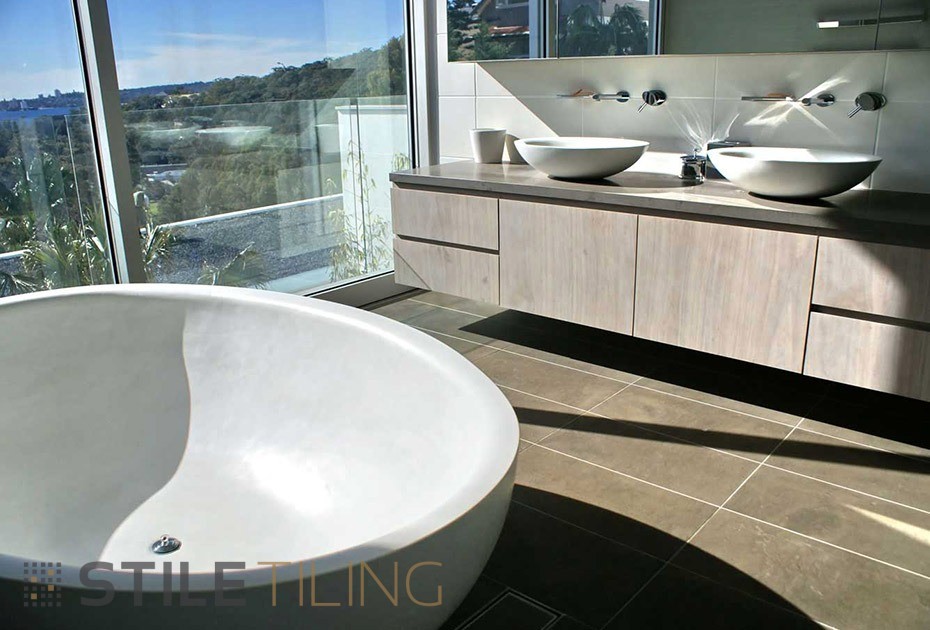
Floor Tiling is not as easy as spreading glue on the floor surface and slapping on tiles.
Things to consider when preparing for floor tiling to achieve a perfect floor tiling finish:
Is the substrate you will be working on and deciding whether it will require any prepping. Removal of excess glue may be required in order to achieve a better direct stick method with adhesive. Prep and prime applied to surfaces that do not absorb enough moisture such as glazed existing floor tiles.
Screeding the floor with sand and cement is something that will be considered when purchasing large format tiles or if the surface is excessively uneven. Plastic and screed mesh will be required within the screed bed when going on timber flooring (bearers and joist)
Type of tile that is being used is a major factor when specifying the correct adhesive.
Remember the adhesive is not only adhering to the substrate or screed but also to the tile. Knowing your adhesives in the market and the correct specifications is key to maintaining the warranty on the job. Also another factor to consider is the slip resistance grading of the tile. Depending on the area (internal, external or wet area) the area most prone to slipping will require a higher slip rating.
Set out is key to having the most aesthetically pleasing finish for your tiled floor. Working out prior commencement where the centerline goes and pre determine the cut tiles at each wall will make all the difference. For example taking into consideration the most focal points in the room and the hidden walls (Furniture covering etc.) and ensuring the larger cuts are the most visual and if necessary the small cuts are positioned where they will be mostly hidden. The best method to working out set out is with the use of a laser and a chalk line, and most of all a great eye.


